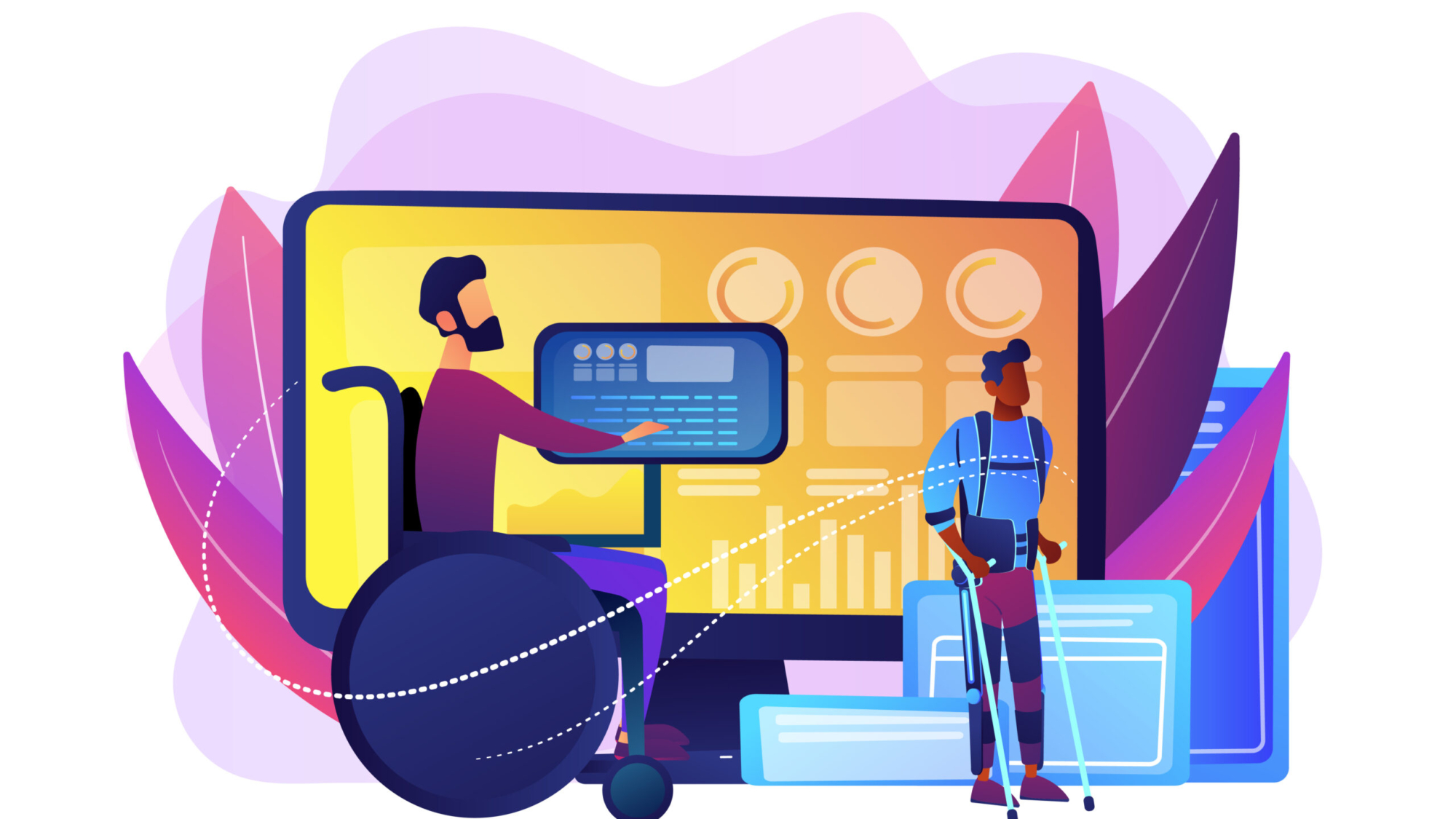Accessibility is the key of digital health nowadays. We often hear that digital health solutions are for all. Is it true although? In this article, we’ll cover what digital accessibility is and why it matters in healthcare. Let’s get started.
What is digital accessibility and does it matter to healthcare?
Accessibility is the quality of being able to used by everyone, including people with disabilities.This include plenty of factors such as the user’s , gender, disability and location. By the statistics ,many disabled people, according to the World Health Organization (WHO), 1.3 billion people are affected worldwide. In others worlds that’s about 17 percent of the world’s population.This is very serious number to concern about accesibility.
All of these people are affected when companies forget to make digital accessibility a priority.The techonolgy creators needs to consider the large variety of users. This is especially true in the healthcare and includes also people who have not traditionally depended on digital solutions ,such as eldery people.
This means that healthcare technology designed with accessibility in mind will often be preferred over technology that is not. Many times, these are the people who will benefit the most from accessing the support that the latest and greatest technological advances can provide.
Telemedicine is accessible for people with disabilities.
Telemedicine has revolutionized the healthcare sector in Greece. It offers valuable solutions for special population groups. In this review, we examine its impact on the elderly, the disabled and the chronically ill.
Special Population Groups and Telemedicine
Elderly: Being able to communicate with doctors without having to travel reduces their anxiety. This improve the monitoring of medical needs. Telemedicine enhances their autonomy, allowing them to better manage their health.
People with Disabilities: National Institutes of Health studies show that patients with mobility impairments have increased their access to medical services through telemedicine. This concerns medical care as well as psychological support. Patients can participate in therapy sessions from their own home, reducing sadness and isolation.
Chronic Sufferers: Continuous follow-up and immediate access to doctors improve quality of life. Patients remain more active and engaged.
The Importance of Personalized Care
Telemedicine provides the opportunity for personalized care. Patients can create monitoring and treatment plans which correspond to their personal conditions and preferences. Especially, patients who participate in telemedicine programs report better results to their treatment.
Telemedicine is not just an option, but a necessity for many special population groups. Accessibility and convenience are important.
Conclusion
To summarize, accessibility isn’t just something that’s nice to have or a bonus, these days it’s an absolute must for any healthcare organization looking to work with the populace at large.
The large amount of supportive technology (like screen readers) are readily available so,digital healthcare design should be accesible.At the end of the day, considering accessibility is a human thing to do.
If you are interested in learning more about how it can improve your quality of life, visit Carepoi for information and support. Explore the possibilities that telemedicine offers and discover how you can benefit from this innovative healthcare system.
